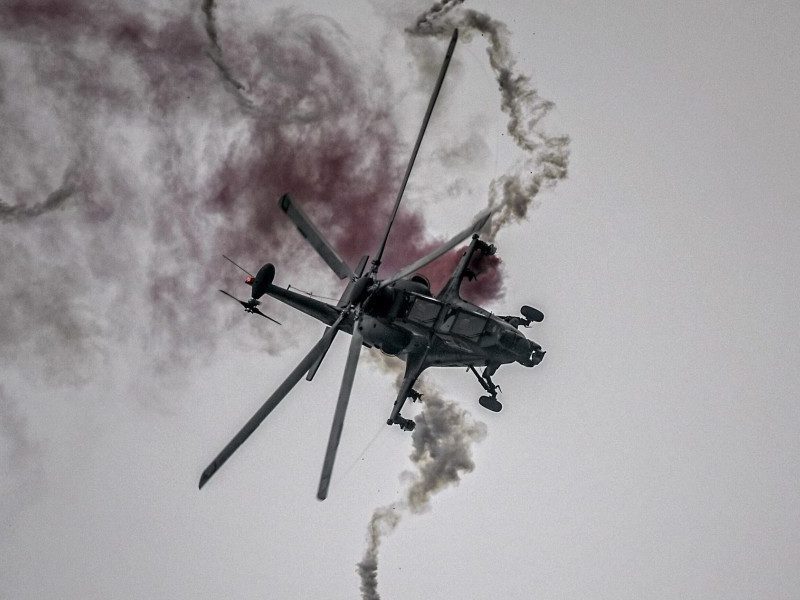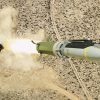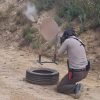The CAIC Z-10, also known as WZ-10, is China’s first modern, purpose-built attack helicopter. Developed by the China Aviation Industry Corporation (AVIC), this helicopter marks a major step forward in the People’s Liberation Army’s (PLA) rotary-wing capabilities. Built with the primary mission of anti-tank warfare, the Z-10 has gradually evolved into a versatile platform capable of handling a wide range of combat missions, from close air support to battlefield reconnaissance.
Origins and Development
The story of the Z-10 begins in the 1990s, when the PLA recognized the need to modernize its aging fleet of utility helicopters and transition to dedicated attack platforms. Until that point, China had relied heavily on transport helicopters fitted with weapons, which were neither survivable nor effective in modern high-intensity combat. The solution was the launch of the “Special Armed Project,” a secretive initiative tasked with designing a helicopter that could meet the PLA’s growing operational needs.
Early on, China encountered significant challenges in developing key subsystems such as engines, avionics, and weaponry. To overcome these hurdles, AVIC turned to foreign partners. Notably, Eurocopter (now Airbus Helicopters) and Agusta (now Leonardo) provided technical assistance, including design concepts and testing protocols. Some sources also suggest that China benefited from technologies acquired through covert channels and reverse engineering, particularly from the South African Rooivalk and the American AH-64 Apache.
The Z-10 prototype made its first flight in 2003, and after years of testing and refinement, it officially entered service with the PLA Ground Force in the early 2010s. Today, it serves as the backbone of China’s attack helicopter fleet.
Design and Features
The Z-10 is a tandem-seat, twin-engine helicopter with a narrow fuselage designed to reduce its radar signature. The cockpit layout is conventional, with the pilot in the rear seat and the weapons officer in front. The helicopter’s armor protects critical areas, including the cockpit, transmission, and engines, and the canopy is reportedly bulletproof against 12.7mm rounds.
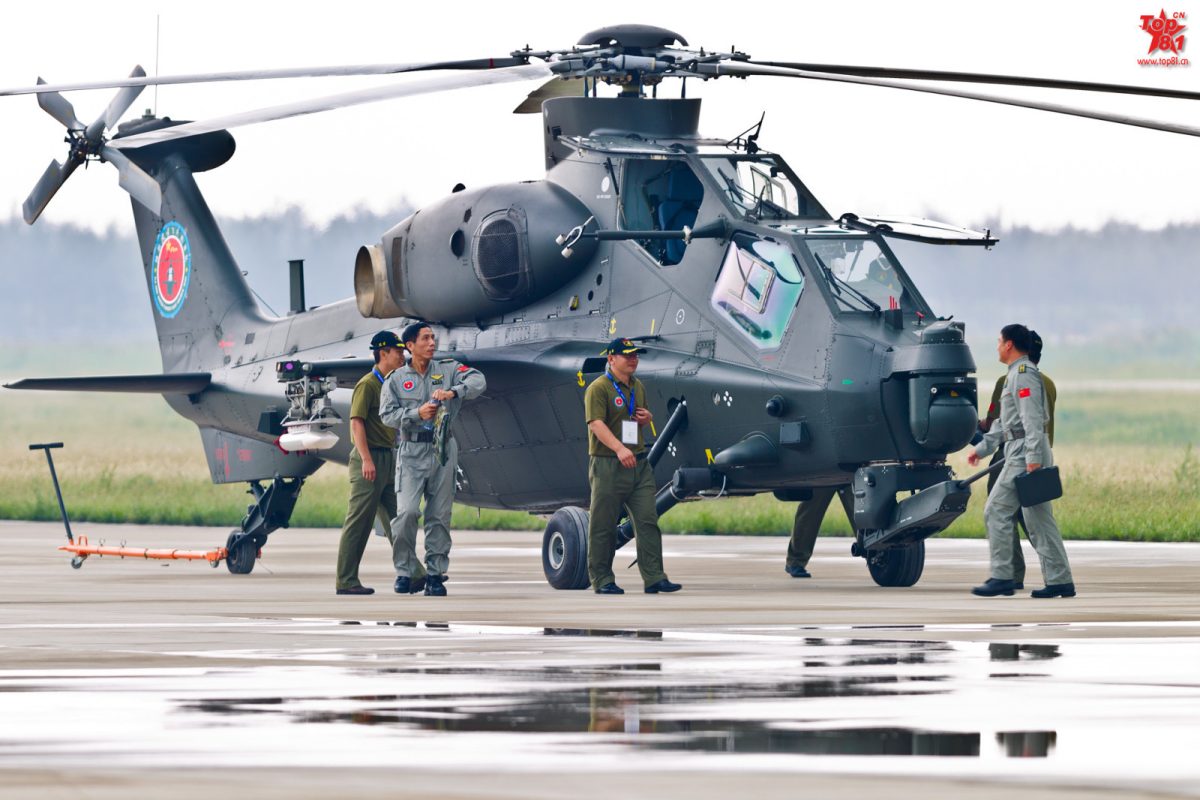
The helicopter is powered by two domestically produced WZ-9 turboshaft engines, although earlier models relied on imported PT6C-76C engines from Pratt & Whitney Canada. The WZ-9 engines produce less power than Western equivalents, which initially limited performance, especially at high altitudes. However, recent upgrades have reportedly improved both reliability and output.
Armament and Capabilities
The Z-10’s primary armament consists of a chin-mounted 23mm or 30mm autocannon, depending on the variant. It features hardpoints on stub wings that can carry a variety of weapon systems, including:
- HJ-10 anti-tank guided missiles (similar to the AGM-114 Hellfire)
- TY-90 air-to-air missiles for defense against helicopters and low-flying aircraft
- Unguided rockets and bombs for close air support missions
The fire control system includes a helmet-mounted sight, laser rangefinder, thermal imaging sensors, and a multifunction display system. These tools allow the crew to identify, lock on, and engage multiple targets simultaneously under various weather conditions and during night operations.
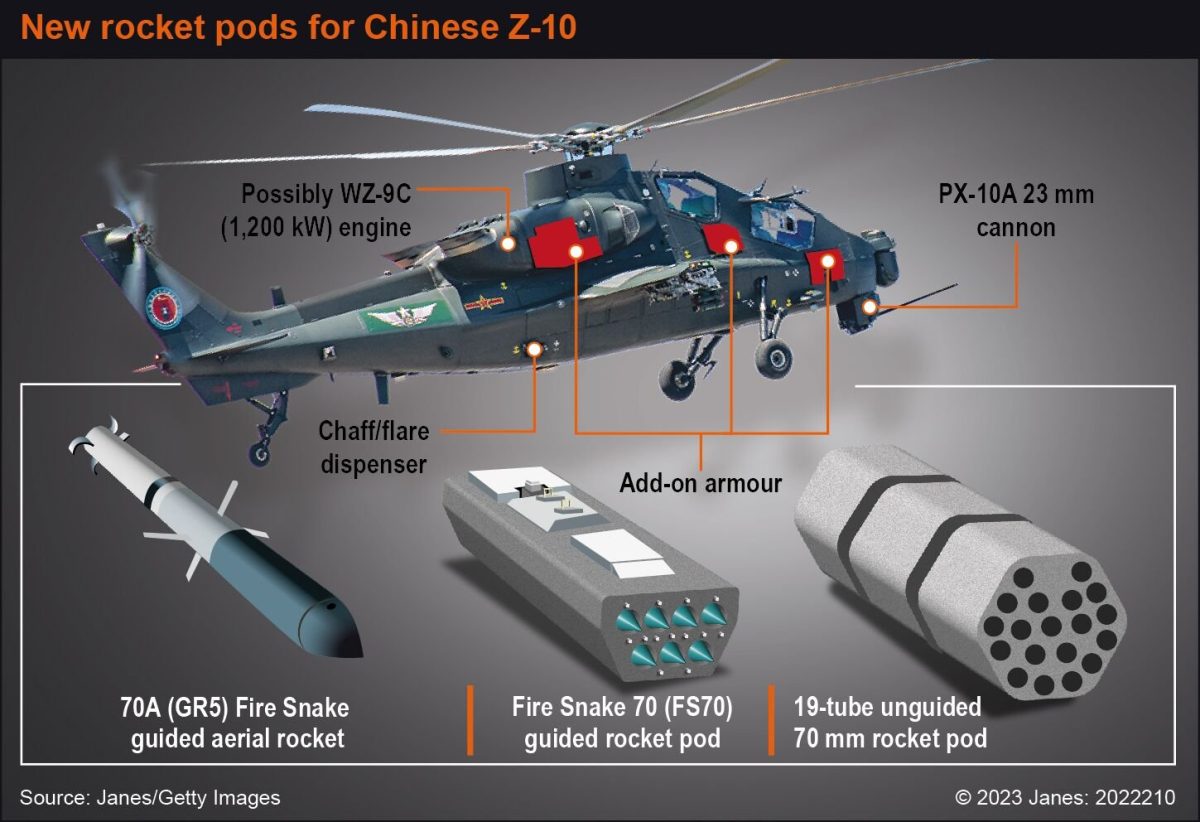
In terms of survivability, the Z-10 is equipped with electronic countermeasures (ECM), infrared suppressors, radar warning receivers, and chaff/flare dispensers. However, it’s worth noting that the helicopter’s survivability has not yet been tested in a real combat environment.
Variants and Export Version
The base version of the Z-10 has undergone several iterations since its inception. The Z-10A is considered the standard production model, while the Z-10K is a specialized variant for airborne troops. The most advanced version is the Z-10ME, an export model equipped with upgraded engines, improved avionics, modular armor, and better resistance to infrared-guided missiles.
China has aggressively marketed the Z-10ME abroad, especially in Africa, Southeast Asia, and the Middle East. Pakistan evaluated the helicopter but eventually chose the Turkish T129 ATAK after trials. Nonetheless, the Z-10 remains an attractive option for countries seeking a cost-effective attack platform without the political restrictions tied to U.S. or European systems.
Combat Deployment and Operational Use
The Z-10 officially entered service with the PLA Ground Force around 2012. Since then, dozens of units have been delivered to aviation brigades of the 13th and 38th Group Armies. China is believed to have produced over 150 Z-10s, and the number continues to grow.
Z-10-equipped units train in tactics influenced by U.S. and Russian doctrine, including deep strike missions, close air support, and anti-armor engagements. In 2013, the Z-10 was used in live-fire exercises for the first time. By 2017, it had participated in international counterterrorism drills with Russian forces, where it demonstrated notable firepower and agility.
Despite these advances, the helicopter has not seen actual combat. As such, some uncertainty remains about its performance under fire. However, it is increasingly present in large-scale military exercises, indicating the PLA’s confidence in its growing capabilities.
Strategic Significance and Assessment
The Z-10 symbolizes China’s growing ambition to modernize its military and reduce reliance on foreign technologies. While it still lags behind top-tier platforms like the AH-64E Apache Guardian in engine performance, avionics integration, and combat experience, the Z-10 is a formidable asset in the region.
Its design reflects a hybrid approach: drawing inspiration from proven systems while adapting them to China’s specific military doctrines and operational environments. With continuing upgrades and expanded production, the Z-10 is expected to serve as the main attack helicopter for decades to come.
From a global perspective, the Z-10 also offers a new player in the international arms market. For countries unable or unwilling to purchase Western or Russian helicopters, China’s Z-10 provides a politically neutral, lower-cost alternative—albeit one with some technical trade-offs.
Conclusion
The CAIC Z-10 is not just a helicopter—it’s a statement. It marks China’s arrival as a serious contender in modern rotary-wing aviation. Although it may not yet match the elite attack helicopters of NATO forces, its continued development and deployment underscore China’s long-term vision: a self-reliant, technologically advanced, and globally competitive military.
For now, the Z-10 fills a vital role in the PLA’s transformation from a ground-heavy force to a modern, joint-capable military with significant air support capabilities. As upgrades continue and more flight hours accumulate, the true value of the Z-10 in combat will become clearer. Until then, it stands as one of the most interesting and consequential helicopters of the 21st century.
